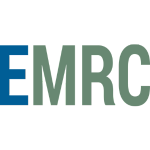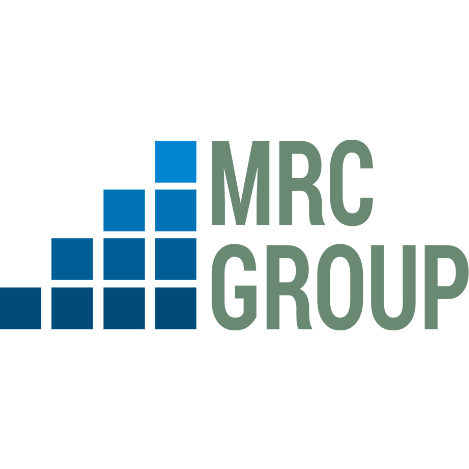








Renewable energy (RE), which is also referred to as clean energy, comes from natural sources that are constantly replenished at a higher rate than they are consumed. Renewable energy sources include wind, solar, geothermal heat, biomass, and water. Renewable energy sources are essentially inexhaustible and can be used to generate clean and sustainable energy, unlike fossil fuels which are limited resources.
As energy efficiency and climate change become more important, countries and businesses around the world are transitioning from fossil fuels to renewables to meet their energy needs.
According to a report by Precedence Research, the renewable energy global market was valued at US$ 970 billion in 2022 and is expected to hit over US$ 1.39 trillion by 2032 with a registered compound annual growth rate (CAGR) of 8.50 percent from 2023 to 2032.
Barriers Affecting the Renewable Energy Market
The global RE market holds a huge potential but also faces numerous challenges including:
- Energy Storage Challenges: One of the major challenges faced in the RE market is the ability to store up generated energy from wind, solar, etc., to be available during peak demand periods. The market struggles with the costs, safety concerns, and space requirements relating to energy storage.
- Technical Challenges: Technical barriers to RE development include inadequate infrastructure and human resources. In developing countries, essential renewable energy technologies are lacking or not well-supported through funding, leading to a lack of advanced technology and skilled personnel to develop and implement RE projects.
- Regulatory Challenges: Regulatory challenges including complex permitting processes and inconsistent policy standards can hinder the development of RE projects.
Strategies for Overcoming Barriers and Promoting Further Growth
The possible strategies that can be taken to solve the challenges faced in the RE market are discussed as follows:
- Policy and Regulatory Framework Improvements: Regulatory obstacles can be eliminated by implementing consistent and reliable policy structures and making permitting procedures easier, which will greatly increase investment in renewable energy.
- Investment in Research and Development: Resources must be allocated for studies to promote renewable technologies, increase efficiency, lower costs, and investigate cutting-edge technologies such as energy storage and offshore wind projects.
- Collaborative Efforts and International Cooperation: Collaborations that facilitate the exchange of best practices, information, and resources can hasten the advancement of the renewable energy industry.
Best Practices Adopted Globally
There are quite a few best practices that have been adopted globally by different countries in the RE market. These practices have proven to be successful and include:
- Feed-in-Tariffs (FiTs): Feed-in Tariffs are incentives to encourage investment in grid integration of renewable energy sources by offering small-scale renewable electricity producers above-market compensation for the energy they feed into the grid. This is one of the most common policies governments implement to promote the adoption of renewable energy sources. FiTs provide a stable income flow for investors and ensure a fair return on investment, making renewable energy projects more attractive and financially viable. Countries like Germany and Spain have successfully adopted this strategy.
- Net Metering: This is an electricity billing mechanism that allows customers who generate their power, particularly from RE sources like solar panels, to receive credit for the excess energy they feed back into the grid. Australia, for example, has a well-established net metering program that allows renewable energy producers to sell excess energy back to the grid.
- Tax Credits: A tax credit reduces the amount of income tax that a person pays, it is a provision that reduces a taxpayer's final tax bill. Governments often offer tax credits to individuals and businesses that invest in renewable energy technologies to reduce the financial burden of purchasing and installing renewable energy systems. The United States successfully implements tax credits for RE projects.
- Early Risk Assumption: Several successful projects include an early sponsor that will assume various risks. Once certain risks in the project have been reformed, the sponsor can attract additional, or less expensive, capital. This role can at least be supplemented by international development organizations. De-risking RE projects this way helps attract investment for the development of projects.
Conclusion
Renewable energy (RE) comes from natural sources such as wind, solar, biomass, etc., that are constantly replenished at a higher rate than they are consumed. The global RE market faces barriers such as energy storage challenges, technical limitations, and regulatory obstacles. Strategies these challenges, strategies such as long-term vision planning, strategic partnerships with public and private bodies, diverse technology sets, policy improvements, and international cooperation can be adopted to promote further growth in the renewable energy sector. Additionally, global best practices implemented by countries like Germany and Spain like Feed-in-Tariffs, net-metering, tax credits, and early risks assumption encourage investment in renewable energy sources.











